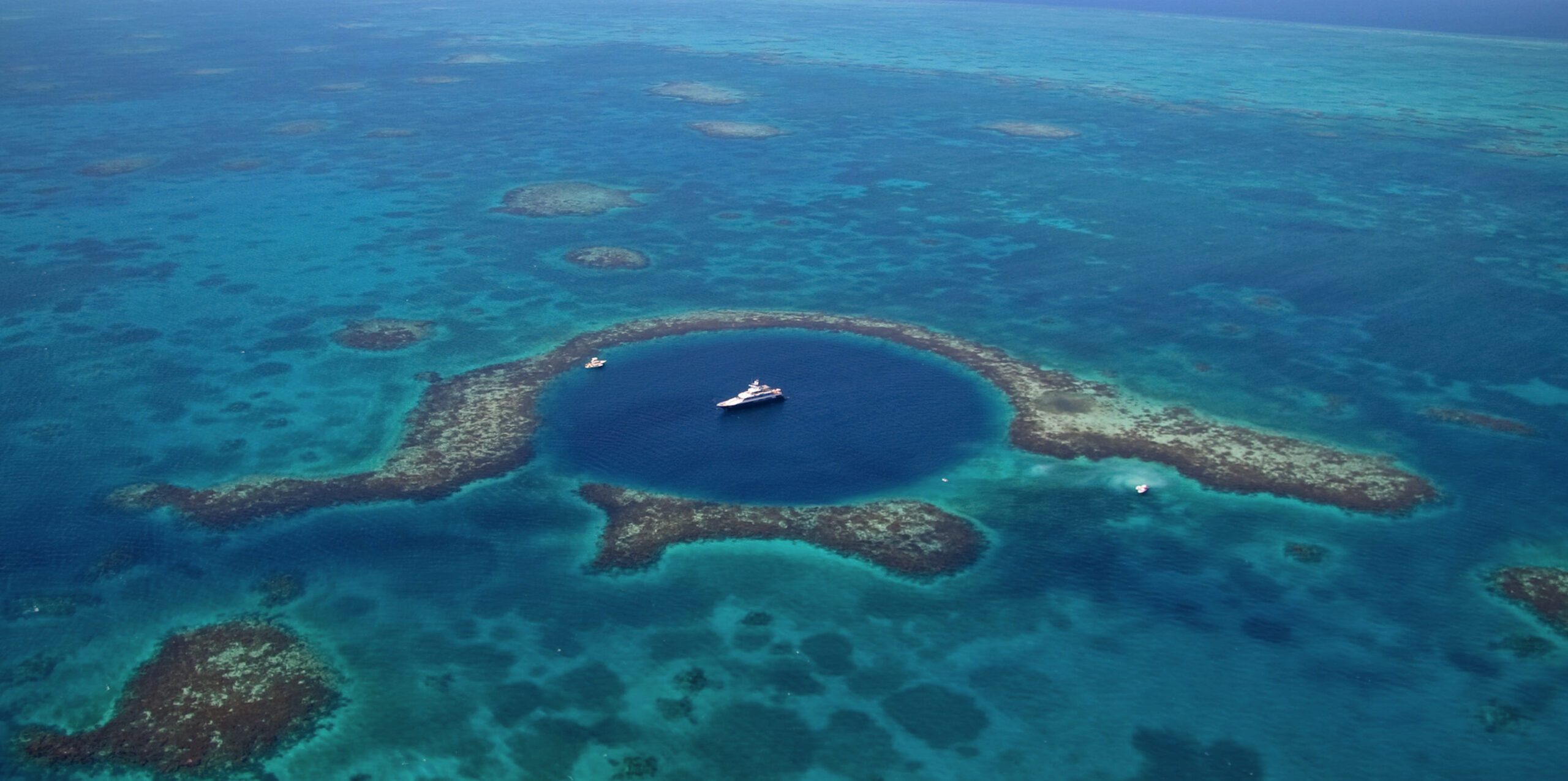Exploring the Great Blue Hole: Science, Mystery, and Conservation at Lighthouse Reef
The Great Blue Hole, located off the coast of Belize in the heart of the Lighthouse Reef Atoll, is one of Earth’s most iconic natural wonders. With a perfectly circular diameter over 300 meters wide and a depth of 124 meters, it’s not only a UNESCO World Heritage Site but also a scientific time capsule and a beacon for environmental awareness.
What Is the Great Blue Hole?
The Great Blue Hole is a massive marine sinkhole that formed during past ice ages when sea levels were significantly lower. Geological records preserved in its submerged limestone walls tell a story of Earth’s climate history, including ancient stalactites and cave structures now deep underwater. First made famous by Jacques Cousteau in 1971, this site has since become a bucket-list dive for adventurers and scientists alike.
Why Is It So Important?
Beyond its beauty, the Great Blue Hole plays a critical role in marine biodiversity and geological research. It offers rare opportunities to study:
- Stalagmite formations that reveal sea level and climate shifts over 150,000 years.
- Oxygen-depleted zones that serve as analogues for alien ecosystems and early Earth conditions.
- Unique species adapted to high-pressure, low-oxygen environments.
- Coral reef dynamics, as the surrounding Lighthouse Reef supports one of the healthiest coral systems in the Caribbean.
The Role of Lr³ in Protecting the Blue Hole and Lighthouse Reef
At Lighthouse Reef Research Repository (Lr³ “L-R Cubed”), our mission is to conserve the ecological integrity of this rare atoll through science, storytelling, and stewardship. While the Great Blue Hole draws global attention, it’s the surrounding reef and cayes—often overlooked—that are under the greatest threat from climate change, pollution, and overuse.
Lr³ works to:
- Monitor reef health and marine species through our Citizen Science Initiative.
- Develop real-time climate data tools like the Weather Watch program, empowering communities and researchers.
- Educate visitors and institutions about the interconnectedness of the reef and Blue Hole ecosystem.
- Remove marine debris swept in by currents before it impacts fragile coral systems.
- Create sustainable tourism pathways that protect what makes this place so extraordinary.
How You Can Visit Responsibly
While day trips from the mainland bring thousands of tourists each year, Lr³ offers immersive, low-impact experiences right from Long Caye, just minutes from the Blue Hole. Our eco-lodging, guided reef dives, and research adventures allow guests to not only witness the Blue Hole’s majesty but also participate in its protection.
A Living Legacy Worth Preserving
The Great Blue Hole isn’t just a hole in the ocean—it’s a gateway to understanding our planet’s past and securing its marine future. Through the collaborative work of scientists, students, and conscious travelers, we can ensure that this natural wonder—and the vibrant reef that surrounds it—remains a source of life and learning for generations to come.

